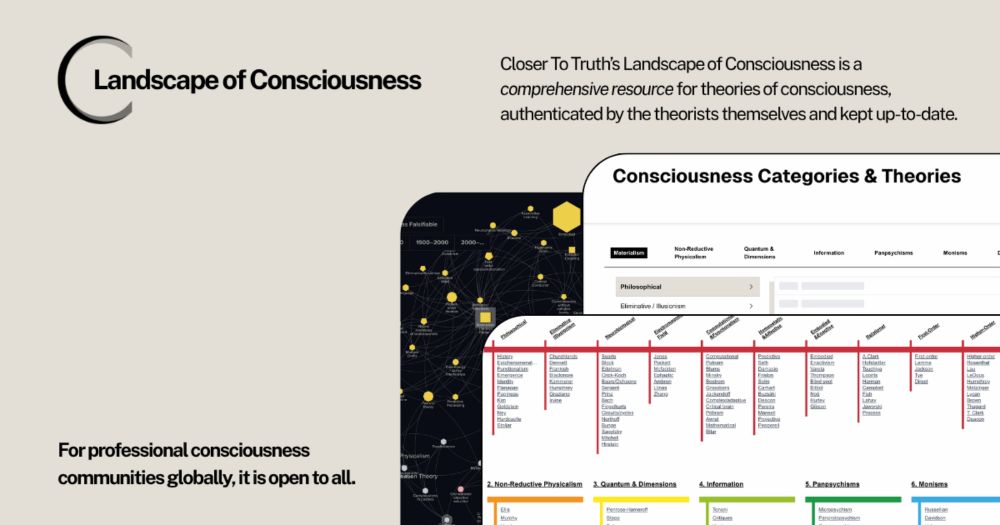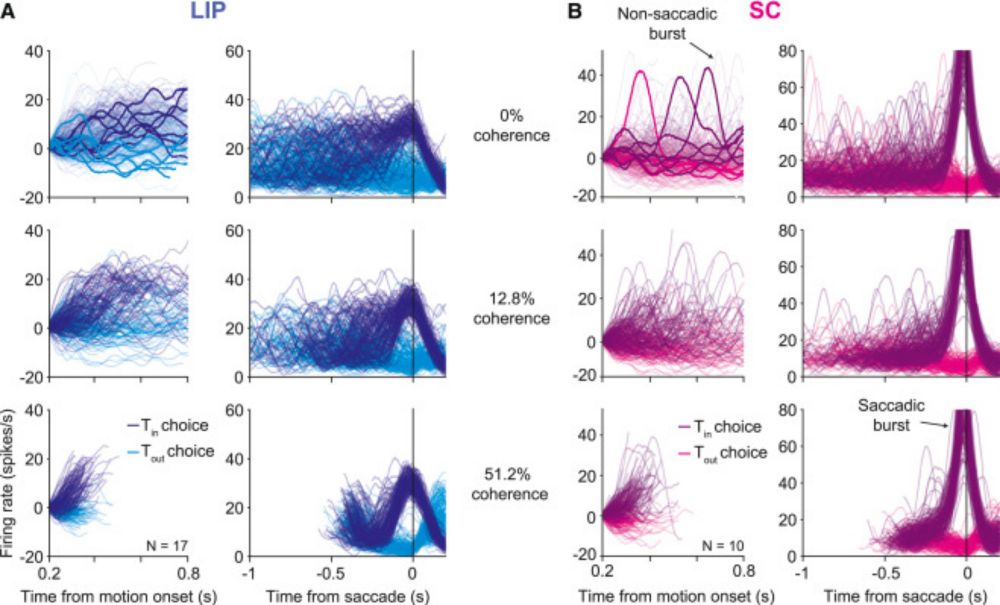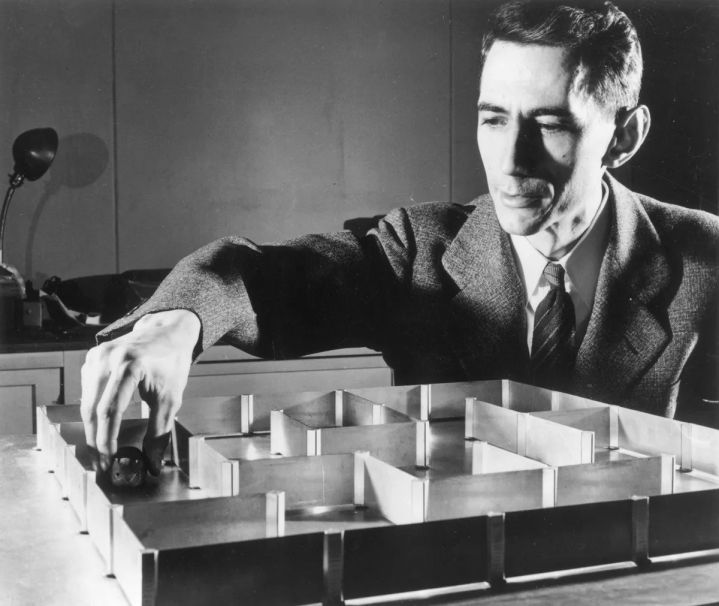Fall Leaves
youtu.be/aE7WIriAdAw

Fall Leaves
youtu.be/aE7WIriAdAw


loc.closertotruth.com
#neuroscience

loc.closertotruth.com
#neuroscience

#electronicmusic #experimentalmusic #abletonlive
www.youtube.com/watch?v=OFlr...

#electronicmusic #experimentalmusic #abletonlive
www.youtube.com/watch?v=OFlr...
#electronicmusic #experimentalmusic #ableton
youtu.be/GTVLGqoKM_Y?...

#electronicmusic #experimentalmusic #ableton
youtu.be/GTVLGqoKM_Y?...
🧠📈 In this 3D rendering by our #ElectronMicroscopy team, we see 3 different shapes. Can you name all of them?
#BrainAwarenessWeek @danafoundation.bsky.social

The best arguments for causation--& only one we need--is pragmatic. Here pragmatic isn't weak/subjective, but connected to actual goals, utility & outcomes in the world.
medium.com/@kording/why...

The best arguments for causation--& only one we need--is pragmatic. Here pragmatic isn't weak/subjective, but connected to actual goals, utility & outcomes in the world.
medium.com/@kording/why...


Bite-sized pieces of sound and video—each one around a minute or less. Over time, these tidbits will be synthesized into a larger audiovisual montage. Gotta have goals!
#electronicmusic #psychedelicvideo #ambientmusic
youtu.be/Ubr-fUhCXnc

Bite-sized pieces of sound and video—each one around a minute or less. Over time, these tidbits will be synthesized into a larger audiovisual montage. Gotta have goals!
#electronicmusic #psychedelicvideo #ambientmusic
youtu.be/Ubr-fUhCXnc
#Galapagos #photography #wildlife #nature

#Galapagos #photography #wildlife #nature
[@rikiwilchins.bsky.social]

[@rikiwilchins.bsky.social]
Which he implemented physically using a wooden mouse named Theseus.
To solve a given maze, on a grid, Theseus used two modes:
🧵

Which he implemented physically using a wooden mouse named Theseus.
To solve a given maze, on a grid, Theseus used two modes:
🧵





This review aims to provide some intuition for and derivations of RL methods commonly used in systems neuroscience, ranging from TD learning through the SR to deep and distributional RL!
This review aims to provide some intuition for and derivations of RL methods commonly used in systems neuroscience, ranging from TD learning through the SR to deep and distributional RL!




